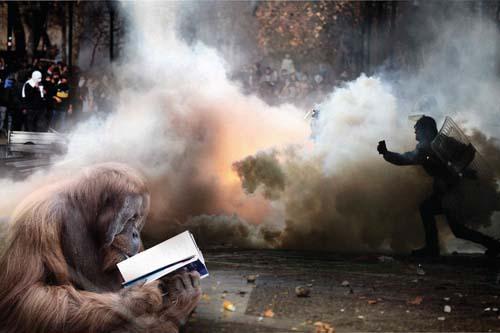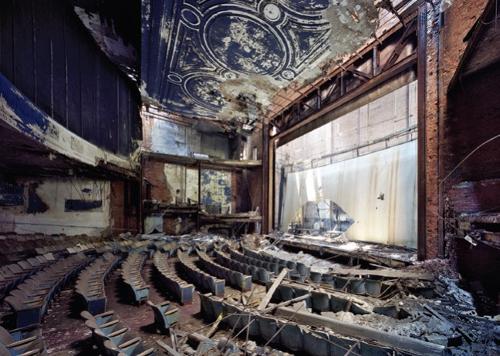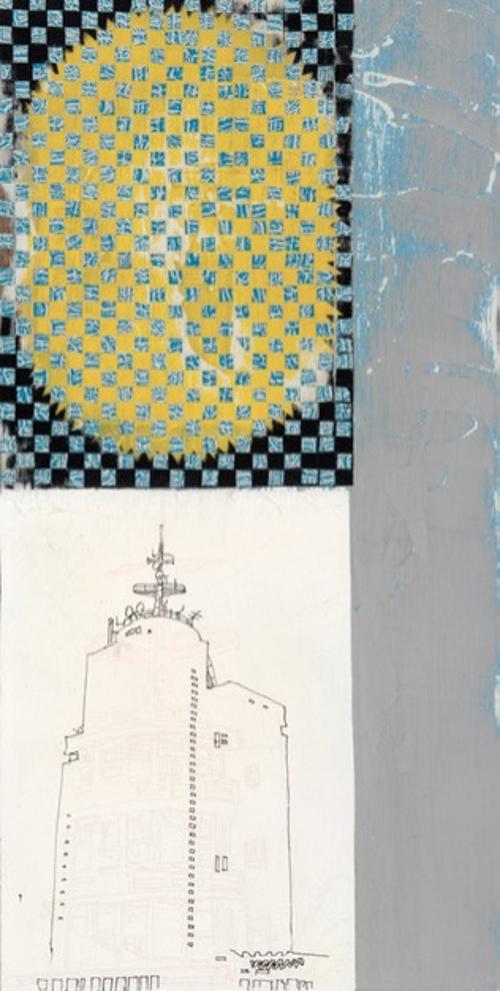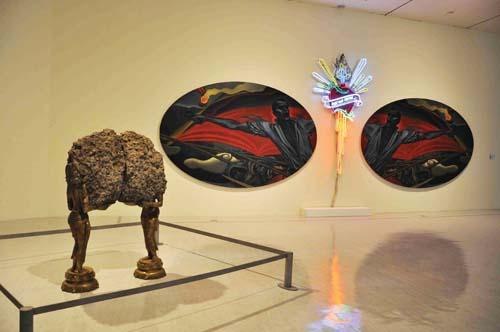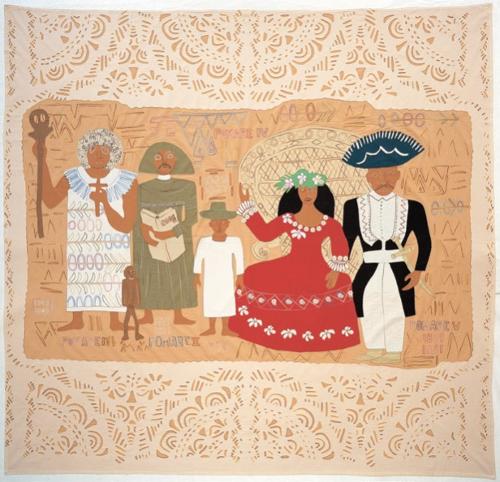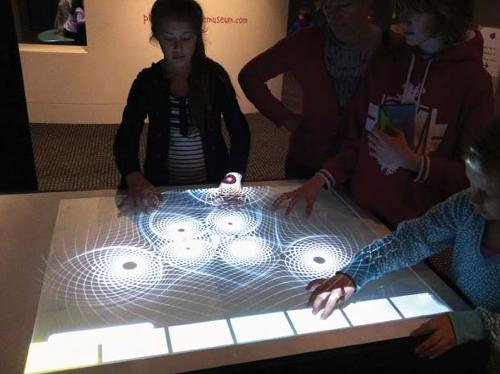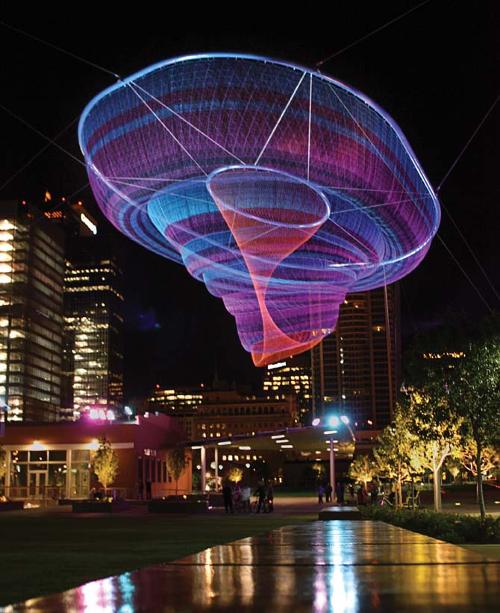.jpg)
August through September: the perfect timing for a material blossoming (that hugged walls and hung poised within the cool architecture of the SASA gallery) in the poetically charged installation everyday the possible. Atmospheric, unstable vacillations between the dark of winter and the seductive shifts of spring echo the underlying concerns of this exhibition, which "investigates how 'affect' can be realised through visual art practice as a poetic expression of uncertainty". There is both darkness and light in the wish to explore the uncomfortable, to manifest the day-to-day effort required to affect moving light-filled moments... and in the residue of this wish: the affective assemblages that punctuate the spaces of the gallery. Embodied in their fabric is an echo of their fabrication; the facilitating spaces of home - familiar, familial – in contrast to a (modern through post-modern) detachment that typically still separates both art and work from the domestic.
Sonja Porcaro’s Landscape (2011): small felt-covered photo-frames and plate-stands stand, blank – grounded – in pairs and groups facing the length of one wall. Men’s ties—soft props of apparent significance – are draped in formal emulation of angled frame supports. At intervals, she has erected frail monuments: a frayed fabric scrap is taped high on the sharp edge of a wardrobe; pretty thread is wrapped and fastened on one bare twig held upright with rainbow plasticine; another bears sewing fixtures—notions, a small “pocket” waves, wavers still in an absent breeze. Behind the wardrobe are a pair of hot-water bottles, one flattened by the inflation of the other: held in a tight vacant chasm; no warmth in their soft entrapment. A strange soft warmth however, emanates from the worked surfaces of Porcaro’s Felt Bed (2011): a make-shift resting place held precariously on cement blocks, covered in pale white, its felted fabric ruffled here and there – as if by the turning body of a light sleeper – lifting into occasional tiny mountains bearing thread-waste clouds (purple, blue-black and palest golden yellow, gentle light bruising... the pink and green of an icing flower, here and there a press-stud).
Anna Hughes’ I was once a volcano (2011) hangs bright: casts a light shadow on the gallery floor. Surreal, serene this work consists of a cross-legged – lithe strong – female figure: her curves palpable in photographic flatness, caught between sheets of shining perspex; gold-painted limbs poised collected, the folds of her legs and her breast embellished with encrusted red and silver-beaded lotus forms: symmetrical blooms, a heart of branching flame. Her head is engulfed deep within the recesses of a mountain, its craggy outer surfaces covered with a lively profusion of tiny trees, mosses and undergrowth. This suspended headless figure is unsettling and beautiful: a conflation of opposites – resonant of both the model train 'shed', and the fringed lampshade of genteel sitting rooms... both discordant and empathetic, suggesting an infinite variety of methods by which illumination (a lightness of mind and body) might be sought. A ladder held together with masking tape reaches for the ceiling next to a chair, worn by sitting; a tower of knitted patchwork squares reaches chest height and a wall-mounted series of modelled clay tongues protrude, one serving as platform for a tiny female figure (differently cross-legged) comfortably marooned mid-air on her own tiny chair.
Reaching beyond and above the suspended figure and echoing, amplifying its golden tones, Sonia Donnellan crusts the slim length of an architectural column with Particles of Love (2011): waxy blooms manufactured by busy bees and warm hands, evoking the ubiquitous industry of production and the heady scent of its thick honey. There is a glorious ebullience in this vaulting floral construction; warm against the almost invisible sheen of her untitled “sticky-tape” floor work: an apparently liquid spill created by multiple acts (quietly asserting the small pleasures of dis-functional adherence; the frustrations of continued attempts to adhere). There is a pointed reminder of the Minimalist aesthetic in Donnellan’s work, most obviously in the piece that flanks the gallery’s entrance Small Findings (2011): a neat bank of fluorescent lights that activate in response to visitors. This work it seems, both connects to and differentiates from the concerns of Minimalism. Seductive and off-putting by turns, its periodic glare both welcomes and rebukes: displaying an ambivalence with regard to the narrative and emotional allusions that the movement precluded, which the collective works of all three artists address in a manner that is both provocative and poignant.

